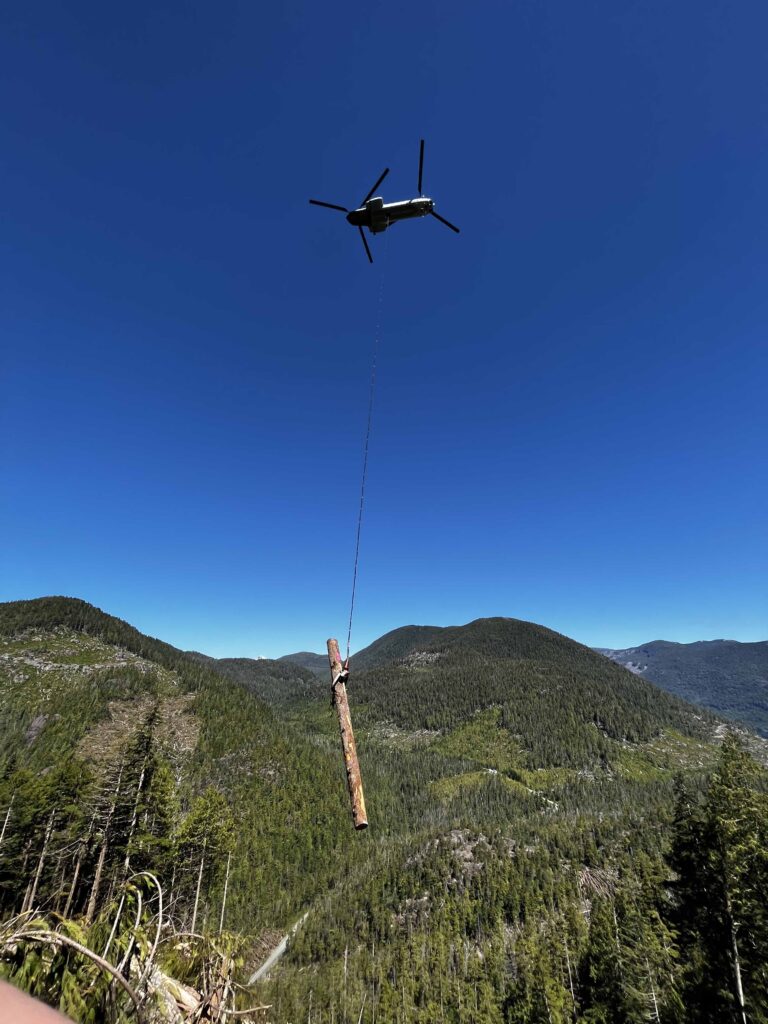
STANDING STEM
A method used to pull standing tree stems out of the forest with a helicopter with no damage to the tree or the surrounding environment. It eliminates the need for clear cutting, road building etc.
Standing Stem has proven successful on slopes in excess of 90% and in stands with as little as 20% operationally feasible timber types. The standing stem harvesting application can cater to canyons, retention areas, sensitive creek draws, cliffs and bluffs. Basically if an engineer can walk on it, CHH can harvest it and maintain excellent value with little to no volume loss.



HELICOPTER HARVESTING
(STUMP TO DUMP)
Once trees have been felled on the ground in a cut block by our falling team (Stump) then our rigging team are onsite managing weight and working closely with one of our helicopters. Using a hydraulic grapple our helicopters pick up the wood and fly it to pocket on the water or on land. (Dump)
From there the wood is taken to one of our customer’s mills for processing.
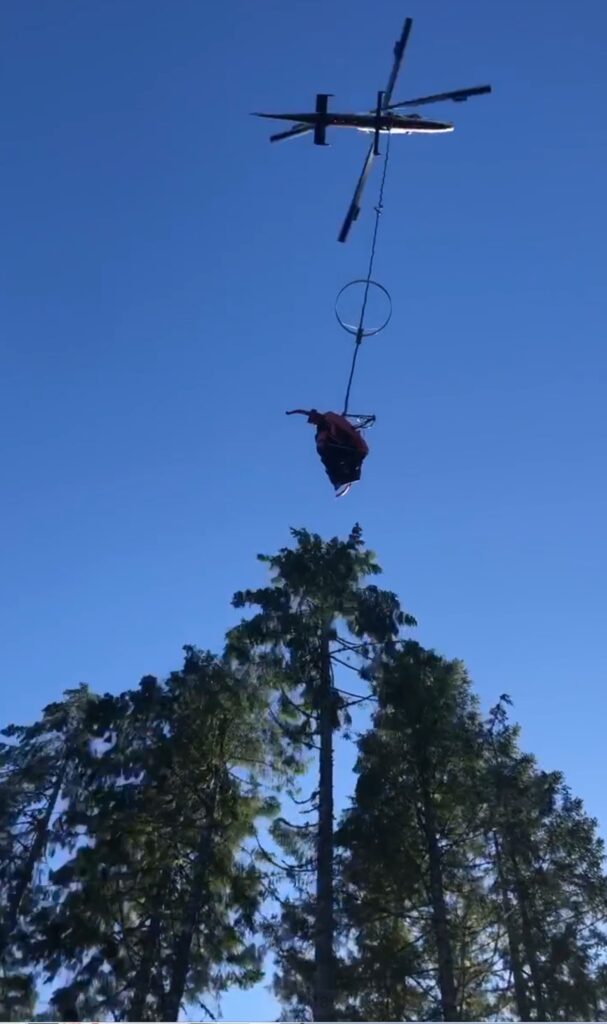



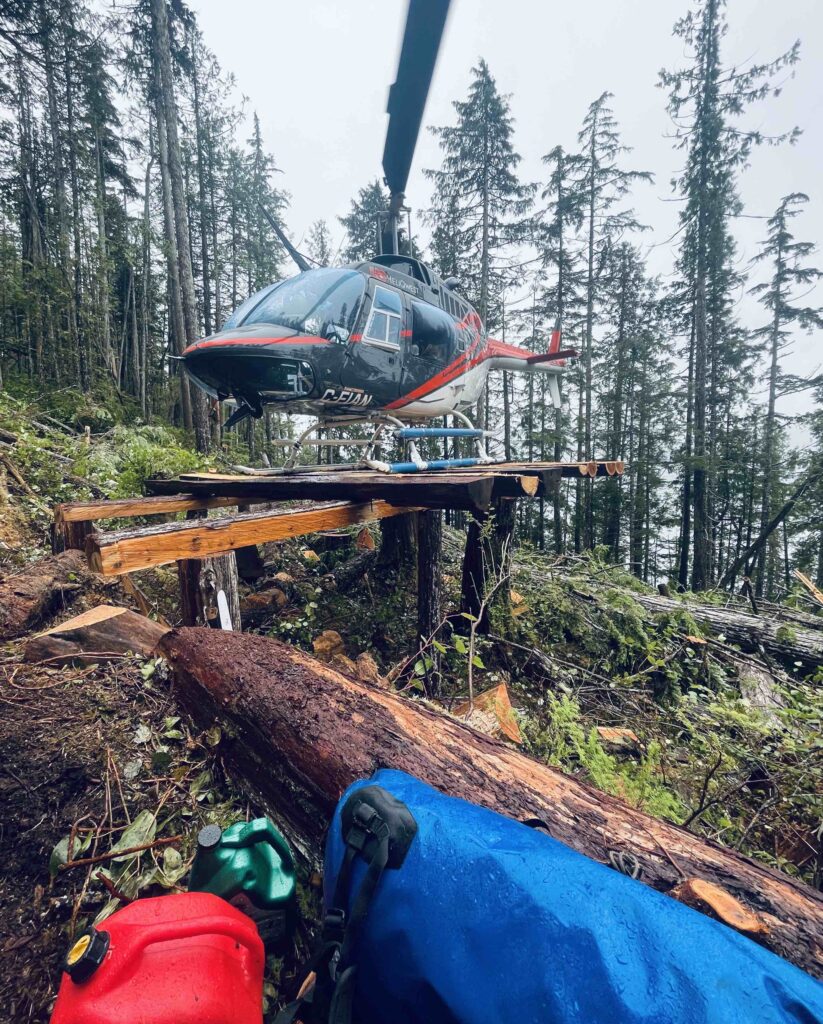
HELICOPTER LOGGING SUPPORT
We operate a fleet of Bell 206 helicopters to get our crews to site. Our pilots are seasoned West Coast operators and have a good relationship with the falling and rigging crews. Working closely with the boots on the ground, our helicopters are close by to move crews, longline equipment and have a try and tested medi-vac plan that we review daily on the job site.



RIPPING
When logs are to heavy to fly in one piece at minimum milling length CHH needs to Rip the logs lengthwise so as to not exceed helicopter maximum lift capacities.
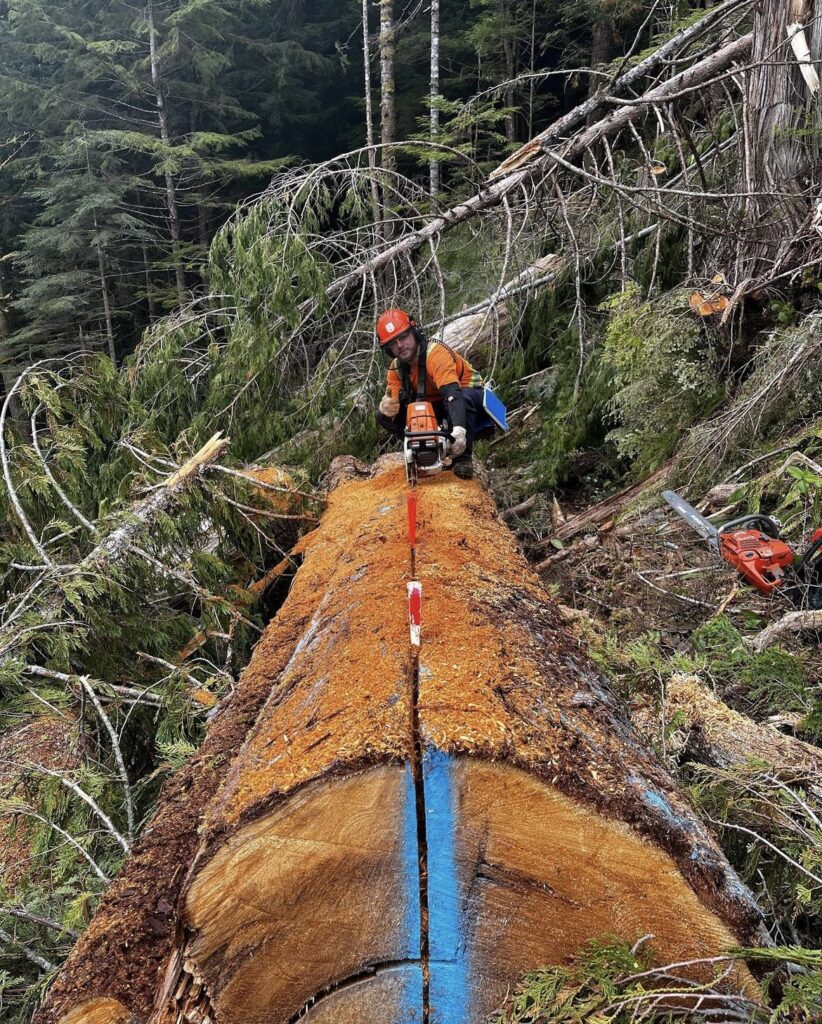



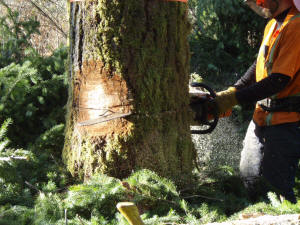
JIGGING
This is the term used to describe the two flat cuts put in the base of all climbed trees that fall within maximum helicopter lift capacities. These stems are cut to within one half of an inch and have the heartwood cut out to eliminate barber chairing once the helicopter grabs the stem to free it from the holding wood. The climbed and jigged stems don’t touch the ground until the helicopter gently lays it on the road. This application can be done on any ground condition, it virtually has no limitations.



CLIMBING
Trees are limbed and topped by climbers to prepare the “standing stem”. Climbing virtually has no limitations; stems have been climbed with bases as small as 40 cm and as large as 600 cm. To heights ranging from 13 m to 80 m and top diameters from 18 cm to 300 cm..



BANDING
Banding is applied to trees with excessive rot at the base. By banding these trees it eliminates or minimizes the chance of the tree splitting when felled. Banding is only applied to certain species that have a tolerance for rot and still have value. Banding stops these trees from splitting not only at the base but stops those splits from running up into your second and third cuts which usually account for the majority of the trees value. Banding also helps these pieces through the loading, trucking and sorting as these delicate products are prone to breakage thru many phases of logging.



BAND OVERS
These are climbed trees that are too heavy to fly in one piece. These trees, once climbed, no longer have limbs and tops so directional falling is much easier due to the removal of weight at the top of the tree. With timber jacks hand fallers are able to use 300 degrees of the land base to fall the stem to the ideal lay in order to minimize breakage.
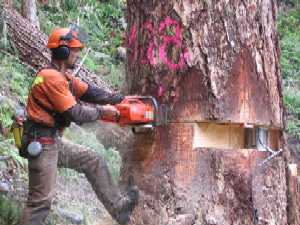



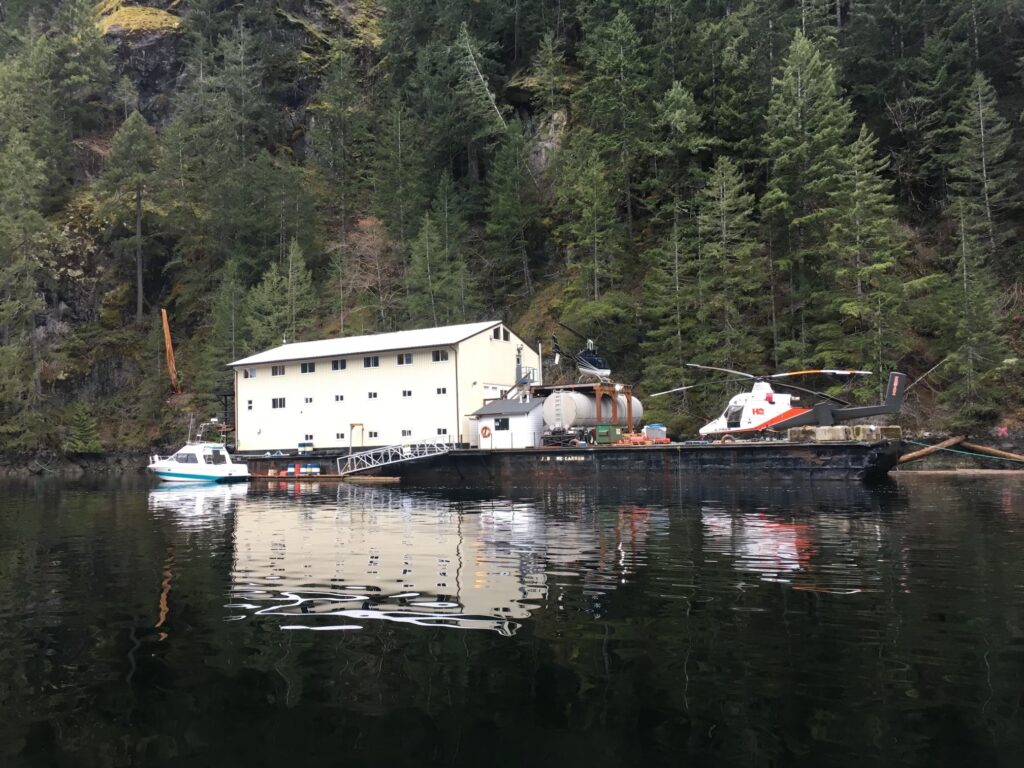
REMOTE BARGE ACCOMODATIONS
We own and operate two self-sufficient barges that can be towed to any job location to cut down on helicopter time. Our barges will be found up and down the West Coast of British Columbia. We can house a full falling and rigging crew, as well as pilots, engineers and our amazing maintenance staff. We bring luxury to the job site. Our barges have onboard excellent chefs, a gym and now operate using unlimited Starlink satellite internet.


